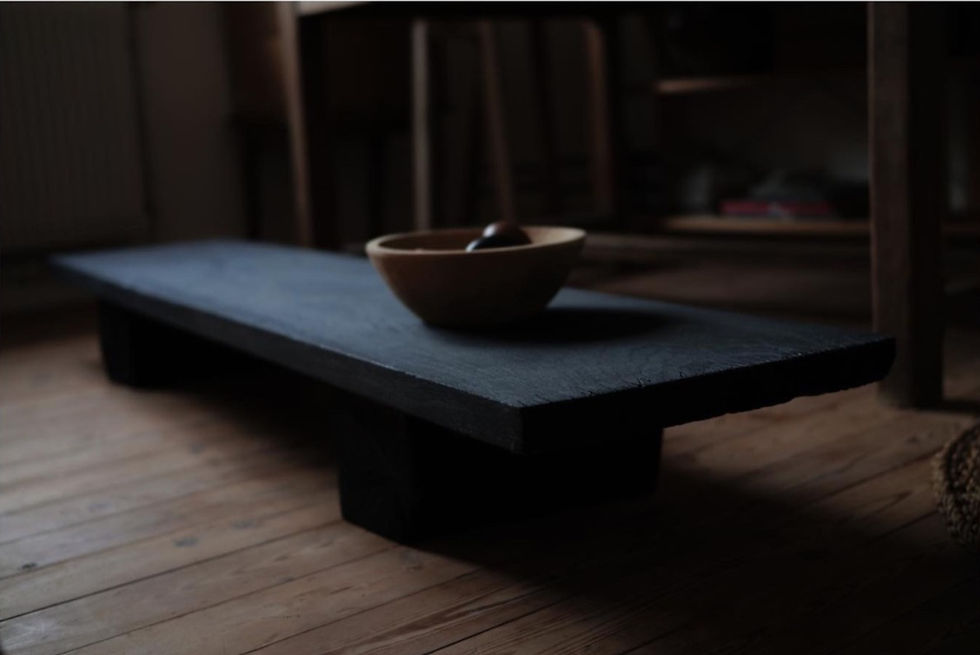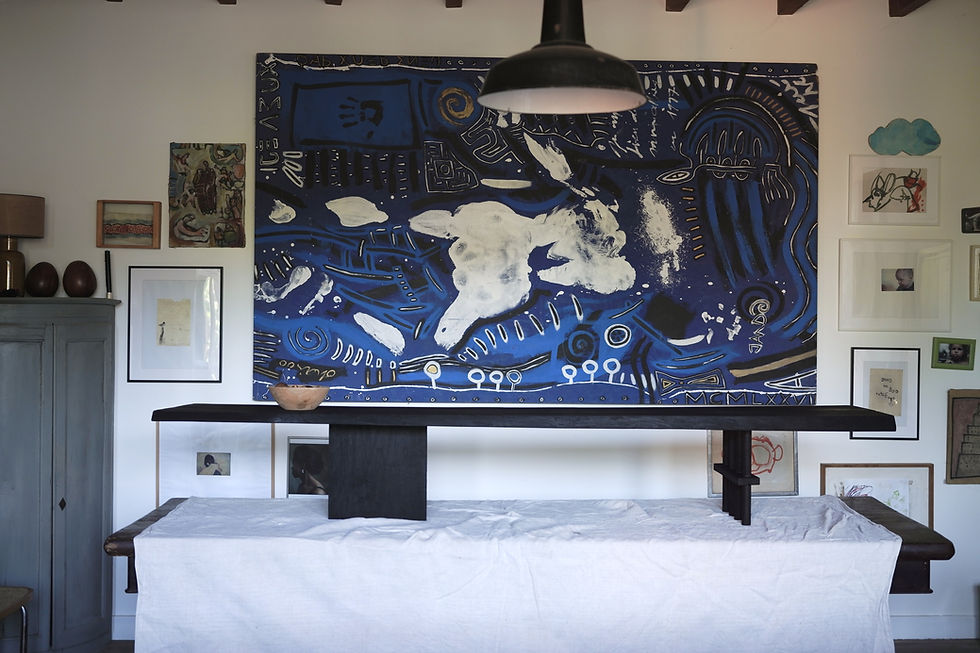BØISNØIR: SHOU SUGI BAN CRAFTSMEN
- mastic lifestyle

- Oct 13, 2023
- 2 min read

Anne-Claire and her husband Jean-Dominique are aesthetes driven by a common passion: the love of materials and, in particular, that of burnt wood, Shou Sugi Ban, a know-how born in Japan in the 18th century. Together, they founded BØISNØIR, a high-end wood burning workshop that offers sustainable cladding as well as furniture and accessories.

The Story
Originally, Jean-Dominique, alias Jando, an architect, discovered the black wood technique during a trip to Japan. He passes on his passion to Anne-Claire, his wife who also becomes fascinated by the beauty of this traditional know-how. At the time, everyone was going about their personal occupation, but they decided to go to Canada to train in the process with the idea of creating a burnt wood workshop later.
In 2013, the project took shape and the couple started on the craft adventure. They acquired a large house in the Bordeaux countryside in which they could set up their showroom, created BØISNØIR and Anne-Claire began prospecting with architects. At the same time, the publication of an article in Milk Magazine on Aurélie Lécuyer's wooden house by Atelier Ordinaire will reinforce their choice of professional reconversion. Seven years later, Anne-Claire and Jando dream of setting up their vast workshop on a farm and migrate to Charente-Maritime at the end of 2021.

" The Japanese were the first to ennoble this ancestral method and apply it to architecture and housing."

The Craft
The Shou Sugi Ban, also called Yakisugi, was originally created to protect dwellings from bad weather and fires. Its technique consists of causing combustion on one side of the solid wood board in order to increase its resistance. This treatment stands the test of time; the charcoal prevents rain, humidity and fungi from damaging the boards, and delays the spread of fire. The slats begin to show splinters after 30 years of installation, but we can count on an average lifespan of 80 years for a burnt wood project.
After rigorously selecting high-density Douglas or acacia wood, the boards are carbonized with a blowtorch. The steps then take place: wetting to stop the carbonification process, then brushing to remove the remaining impurities. The boards then dry in the open air before the finishing phase, varying from raw matte to patinated oils depending on the option chosen. BØISNØIR offers around ten. In total, a project requires one to two months of work depending on the finish chosen.

The mastery of their gestures and the finesse of their work offer an exceptional quality of burned wood, and make Anne-Claire and Jando true artisans of art. They work together with architects and individuals fascinated by the technicality and rendering of their products. Most of their projects are concentrated in Gironde, but their achievements cover the entire territory, from the Paris region to Provence.
bois-noir.net I instagram @maisonboisnoir
picture credit © BØISNØIR - lala architectes & erick keis














